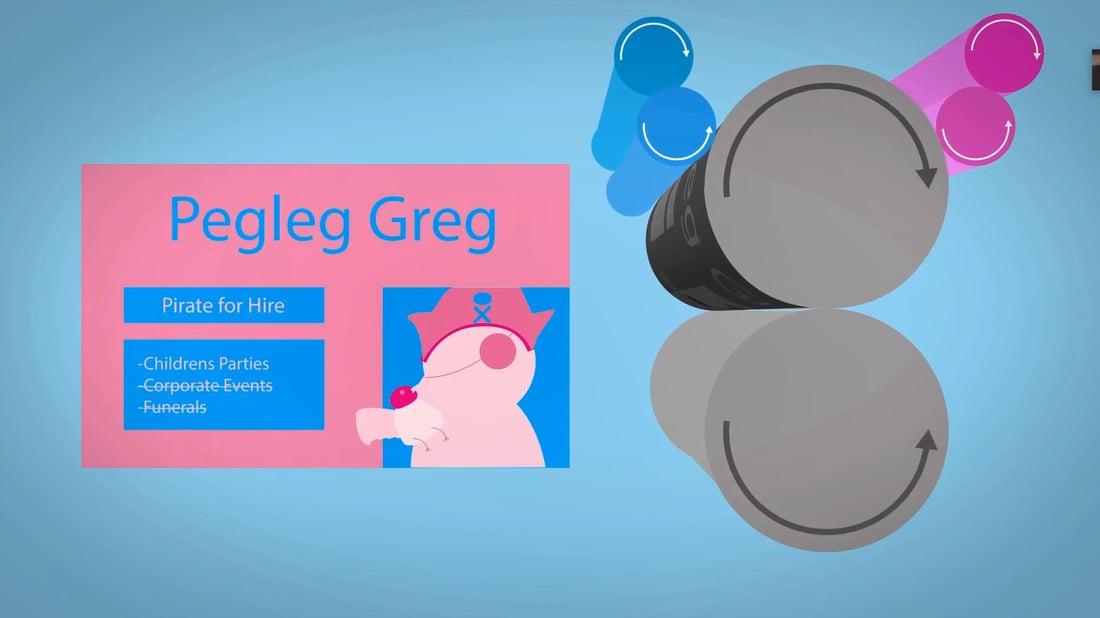Ink balance, the blank part is hydrophilic, and the graphic part is ink-friendly (only refers to offset printing)
1、Water and oil incompatibility
The so-called similarity and compatibility principle in chemistry determines that the molecular structure of water with mild polarity is different from that of non-polar oil molecules, resulting in the inability to attract and dissolve water and oil. The existence of this rule makes the flat printing plate. The idea of using water to distinguish between text and blanks became possible.

2、surface adsorption
Depending on the surface tension, it can adsorb different substances, which also provides the possibility for the separation of images and texts in lithographic offset printing.
3、Dot conformation
Since the printing plate of offset printing is flat, it is impossible to rely on the thickness of the ink to express the layers of the graphics on the printed matter. Comes out with rich image layers.
In life, we have such common sense: the surface wetted by water is not easy to be contaminated by oil, and water and oil always repel each other. Since the offset printing plates are almost on the same plane, it is necessary to find a method that can effectively distinguish the blank part and the graphic part. The role of water in offset printing is what we call the "water and oil incompatibility" principle. During the printing process, a thin layer of water is uniformly coated on the surface of the printing plate (in fact, due to the selective adsorption of the surface of the printing plate, the graphic part will not be wetted by water), and then coated on the printing plate. When ink is applied, the blank part is effectively protected.

